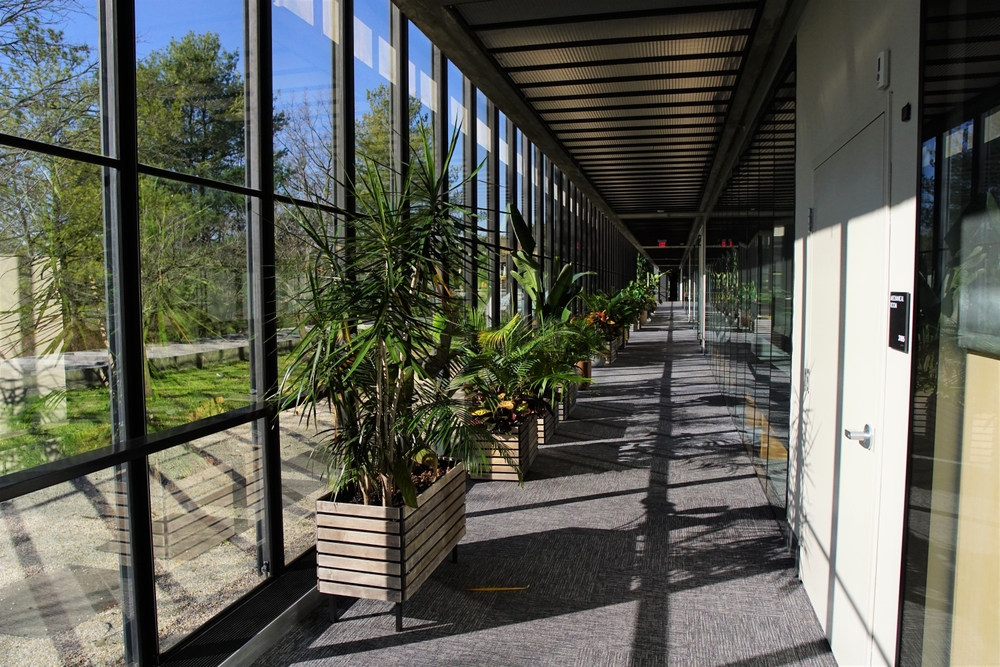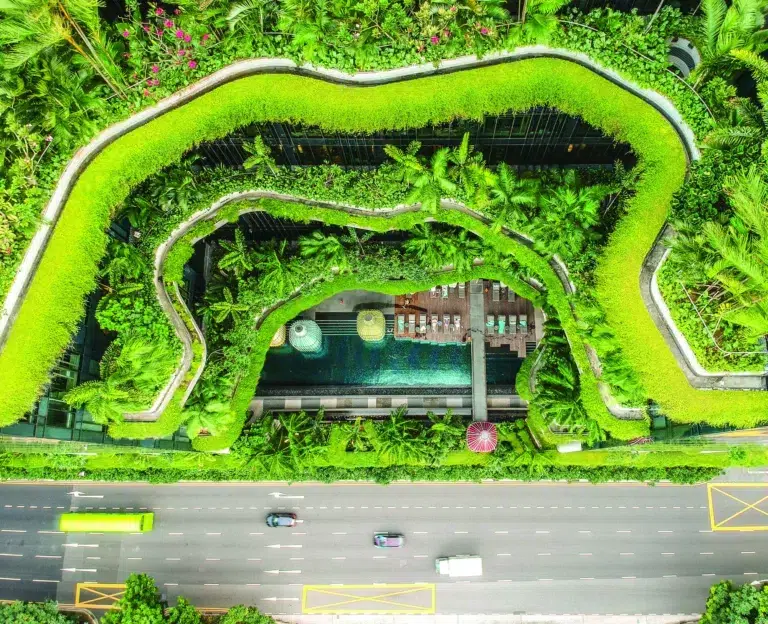Adaptive reuse: Preserving history and sustainability in building design
Architects are increasingly turning to adaptive reuse as a sustainable and eco-friendly approach

Different styles are being looked into by architects to create more sustainable and long lasting buildings. Architecture media agency Architecture Adrenaline listed adaptive reuse. Adaptive reuse refers to the process of transforming old or historic buildings into something new while preserving their original character and architectural features. Sustainable design principles are often used in these projects to create energy-efficient, eco-friendly spaces that can serve a variety of purposes.
Sustainability is an essential aspect of adaptive reuse projects, which often incorporate elements such as efficient HVAC systems, solar panels, natural light sources, water-saving features, and green roofs or living walls. Adaptive reuse projects can take many forms, from converting old factories into apartments to transforming churches into breweries.
Notable examples include Detroit’s Dequindre Cut Greenway, the High Line in New York City, and the London Olympic Aquatics Centre. Adaptive reuse offers a variety of benefits, including preserving historic buildings and their cultural value, reducing waste and carbon emissions, cultivating a sense of community in urban areas, creating affordable housing options, and saving money compared to new construction projects. However, adaptive reuse can be more expensive and time-consuming than new construction projects, and the original purpose of a building may not always be compatible with its new use, requiring creative solutions to make it work.
Related: Going green from start to finish
Adaptive reuse, as reported by sustainable design consultant UGREEN, is gaining popularity in the construction industry due to its sustainability, cultural preservation, and economic benefits. Adaptive reuse helps to reduce the demand for new materials, conserves energy and resources, and reduces waste generation associated with demolition and new construction. It also preserves natural habitats, contributes to a sustainable urban environment, and reduces carbon footprint.
Economically, adaptive reuse is advantageous because the initial investment is often lower, the construction timeline is shorter, and it can lead to neighbourhood revitalization, creating job opportunities and fostering economic growth. Culturally, adaptive reuse celebrates historical buildings and promotes social cohesion and community pride. To successfully undertake an adaptive reuse project, several critical considerations must be taken, such as evaluating the building’s potential, structural considerations, building codes and regulations, sustainability and energy efficiency, and ensuring a collaborative approach with all stakeholders involved.
The steps for a successful adaptive reuse project include planning and assessment, design and collaboration, and construction and implementation, with close communication maintained with the construction team throughout the process.
The Property Report editors wrote this article. For more information, email: [email protected].
Recommended
6 green real estate projects reshaping Asia’s future
Developers are being incentivised to push a green agenda into daring new realms
ARES White Paper Volume 3: The era of adaptive reinvention
Pioneering sustainable and innovative practices in urban development
ARES White Paper Volume 2: Unravelling the power of data revolution in real estate
Insights on proptech, smart cities, and sustainable development
ARES Digital White Paper Volume 1: The fundamentals of responsible building
Green and climate heroes join forces to discuss how Asia Pacific can weather the current environmental crises and the looming effects of climate change






